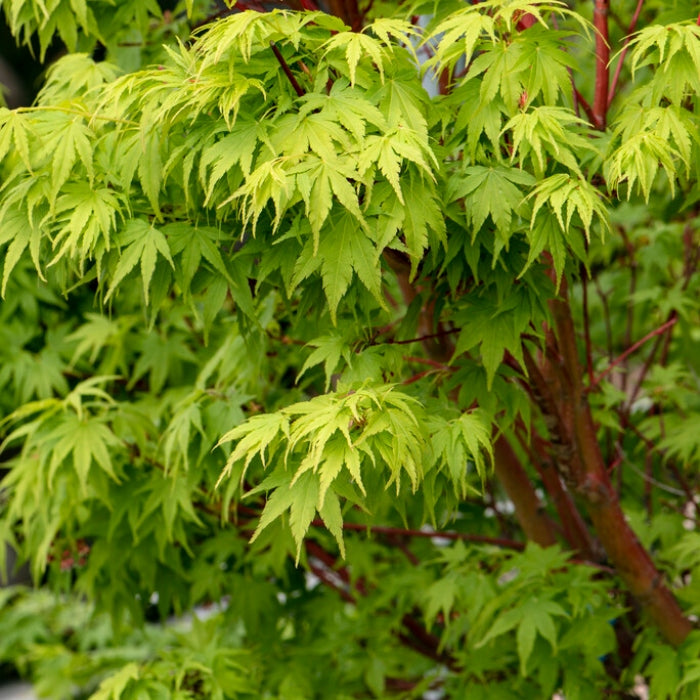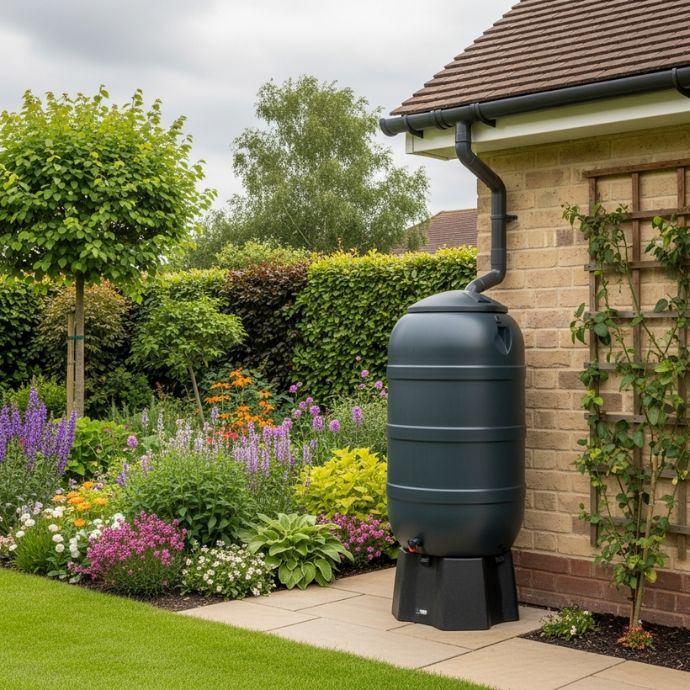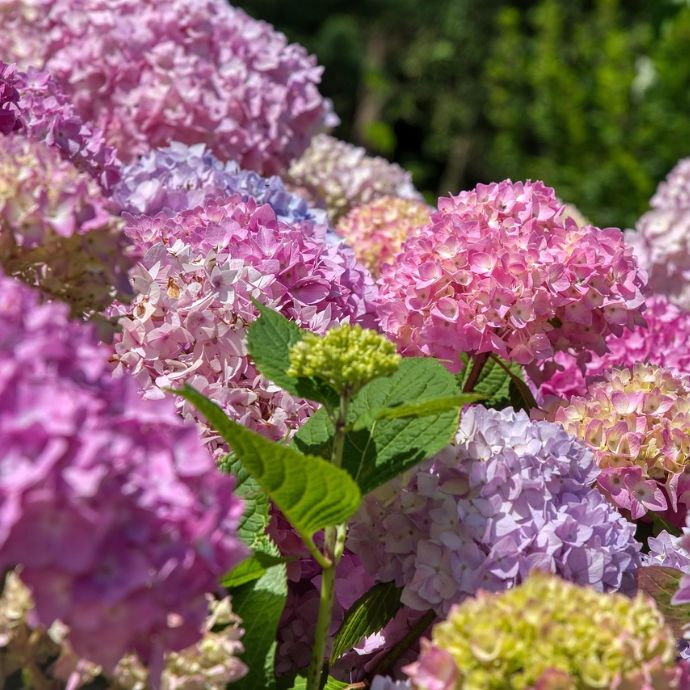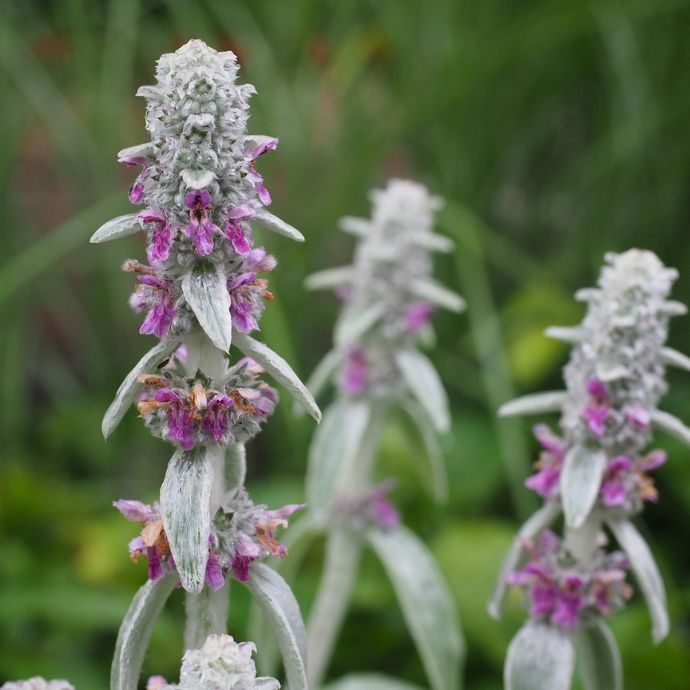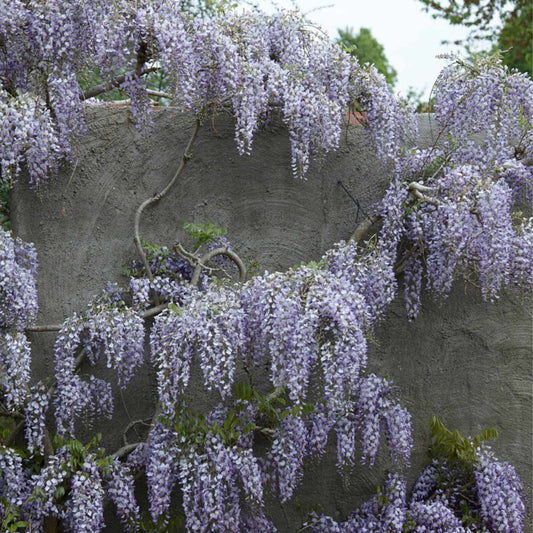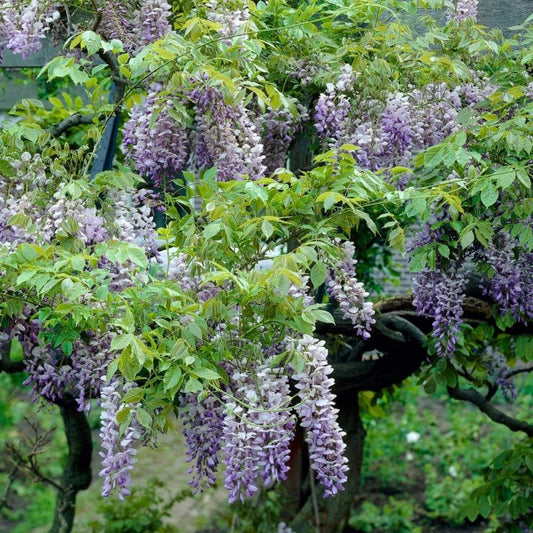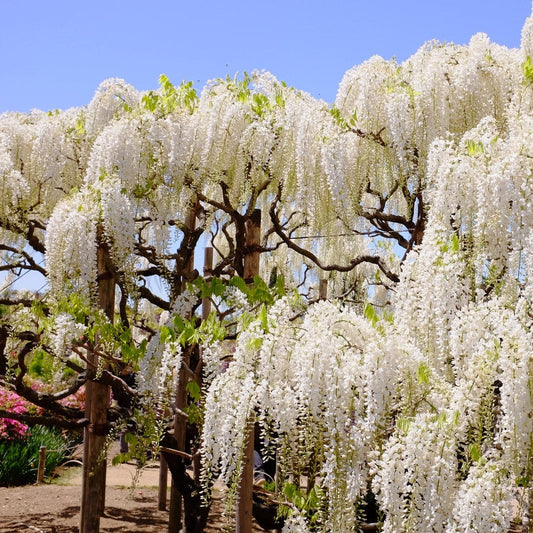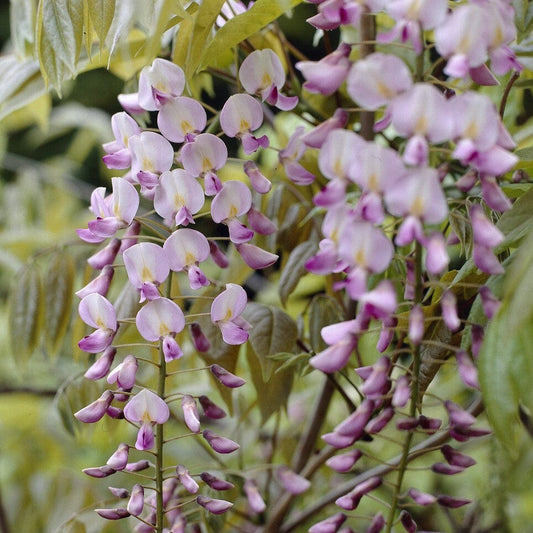How to Create a Wisteria Umbrella

Wonderful, wonderful wisteria deserves a starring role in any garden. Of that there can be no doubt. With its cascading (often fragrant) sprays, lush green foliage and architectural woody stems, it doesn’t get much more chocolate-box than a wisteria beaming in the sunshine on a glorious summer’s day.
The thing about wisterias, however, is that they can get pretty heavy, meaning they might not be suitable for every fence or wall. Likewise, you might not even have a vertical surface against which you could grow one. Enter the wisteria umbrella. You may not have heard of it, but trust us, after reading this, you’ll bloomin’ well want one in your own garden…
Jump to:
- What is a wisteria umbrella?
- How to create a wisteria umbrella frame
- Planting and training your wisteria umbrella
What is a wisteria umbrella?
Wisteria umbrellas are, well, kind of what they sound like; a wisteria that’s grown up a vertical support, before flowing over an umbrella-shaped canopy support to give a distinctive umbrella shape that’s visually-appealing from every angle.
The benefit of these umbrellas is that they can be grown in any garden with a bit of space, as opposed to merely in those gardens with a suitable vertical surface. What’s more, these unique structures allow for easier pruning and care, enable better airflow and light to the leaves, promoting healthy growth and better flowering, and mean you can actually enjoy your plant from indoors, rather than having to trek outside to look at the wall/fence on which it’s growing.
How to create a wisteria umbrella support
When looking to grow a wisteria umbrella, there are a couple of ways you can go about it. The first option is quickest, but also the most expensive – you can buy a purpose-built umbrella support. There are a few retailers out there, but at the time of writing, one of these bad boys will set you back over £350.
Fortunately, you can also easily make your own support, and save yourself a lot of money in the process. You’ll need:
-
Pot (not necessary if growing in open ground)
-
Metal rebar (treated for rust resistance)
-
Corrosion-resistant aluminium tubing (three to five tubes – around 1m each)
-
Epoxy adhesive or clamps/fasteners
Take your rebar and have someone else hold it vertical, slightly off the ground. Then, slide your first tube underneath at ground level, so that the vertical support meets the tube at its halfway point. Then, attach it to the rebar using either strong epoxy adhesive or secure clamps.
Once secure, lift the vertical support slightly, so that there’s room for another tube underneath. Slide this second tube under, again, so that its halfway point is where it meets the main support/first tube. Attach this to the first tube, but at a different angle. Repeat this with all your tubes until you’re left with a canopy of metal ribs that look like the spokes of a wheel.
Anchoring your support
To anchor your support in the ground, you have a couple of options. Firstly, you can go down the more labour-intensive route of preparing a concrete footing in which your umbrella support can be inserted.
An easier, though potentially less robust option, is to use metal post spikes such as those used in fencing. A halfway house is to use helical ground screws, which are rotated into the ground and offer a more solid foundation than metal post spikes, but are easier to install than concrete.
Of course, you can circumnavigate all of this by choosing to grow your support in a large container. Normally, wisterias don’t grow too well in pots, given how large and unwieldy they can become, however the exception is growing your wisteria as a standard, like in this instance, where you’ll be controlling the growth pretty carefully anyway.
When growing in a pot, choose something large and, importantly, heavy – the heavier the better. This will provide initial ballast which you can bolster with the addition of cinder blocks or bricks. You could use concrete, but you need to make sure you drill a hole through to ensure drainage remains ample.

Planting your wisteria umbrella
Once your support is up and nicely secured, whether that be in the ground or a pot, it’s time to get planting your wisteria. Pick a variety that doesn’t grow too quickly and that reaches a more compact ultimate height, as this will stop your umbrella from growing out of control.
We like varieties like ‘Amethyst Falls’ but you can pick any you like really, so long as you bear in mind what we referenced above. You can plant more than one wisteria to grow up your support, but if you do, make sure to choose cultivars that all twine in the same direction i.e. all clockwise or all anti-clockwise.
When planting your wisteria, leave a 20-30cm gap between the plant and the support itself. Over time, the primary stem will thicken up, so a bit of extra room at the start is beneficial. If growing in the open ground, plant in well-drained but moist soil.
If you have heavy clay soil, consider amending with some well-rotted compost or horticultural grit just to improve drainage a bit. If you’re growing your wisteria umbrella in a pot, use a well-balanced, multipurpose compost, or a loam-based compost like John Innes No. 3.
Once you’ve planted your wisteria, give it a good watering in. An initial application of mulch immediately after planting can help retain moisture and suppress weeds. Just leave a little gap between the mulch and the stem. Tie your plant into the frame with twine or soft garden ties, taking care not to tie too tightly.
Training outwards at the top
Once your plant has reached the canopy ribs of your frame, you’ll want to encourage it to grow outwards, as opposed to continuing upwards. Remove the growing tip of the leader stem, then tie in your healthiest-looking laterals to each ‘spoke’ of the umbrella wheel. This will gently coax them into growing along the frame, and before you know it, you’ll have a lovely umbrella-shaped wisteria forming.
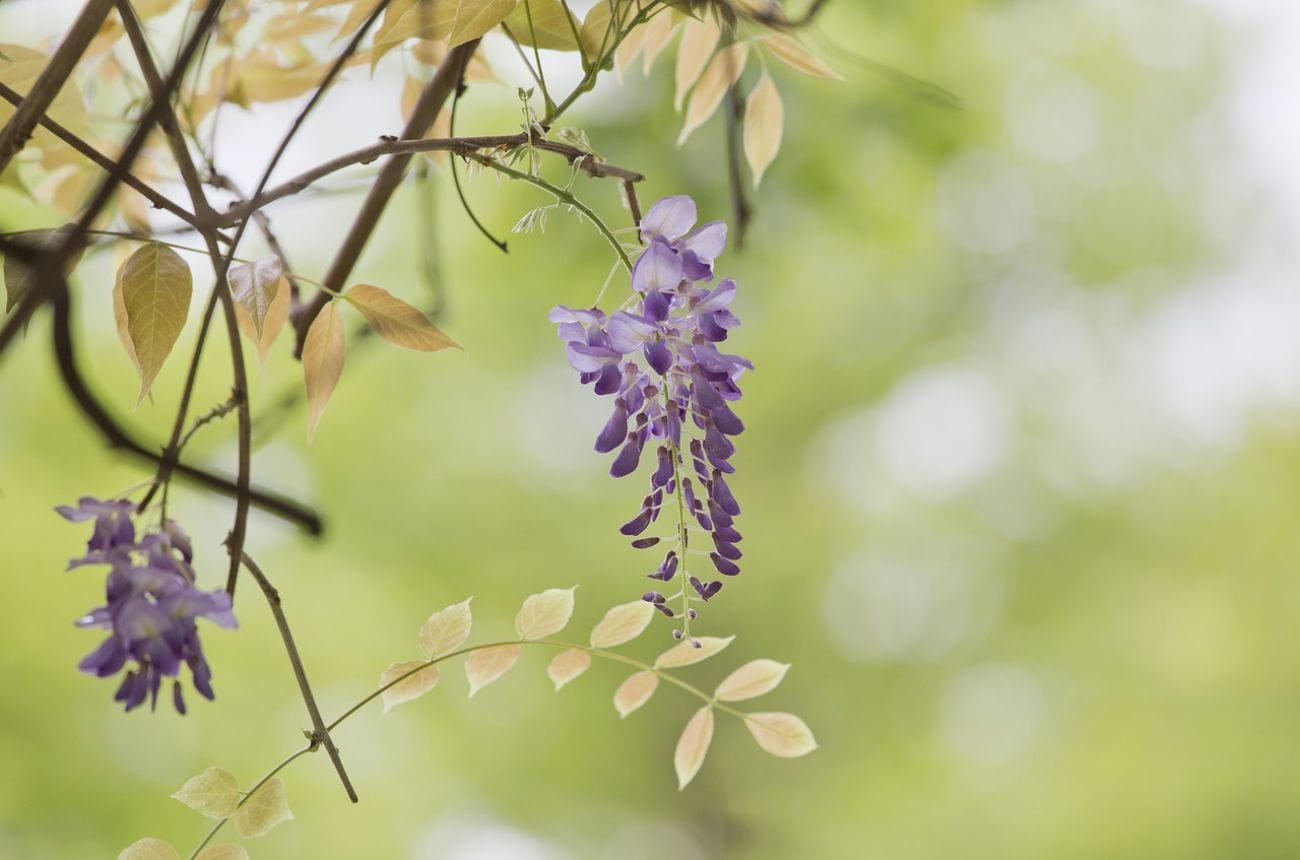
Final thoughts
Wisteria umbrellas are the trend of the year so far, and it’s not hard to see why! We love ‘em and we know you will, too. For more information on wisteria training, pruning and deciding on the best wisteria for you, make sure to check out our comprehensive guides.
Last updated: 28/05/2025
